OMI in a pediatric patient? Teenagers do get acute coronary occlusion, so don't automatically dismiss the idea.
Dr. Smith's ECG Blog
DECEMBER 5, 2023
Acute coronary syndrome in a pediatric patient? A final ECG was perfomed on hospital day 2: Persistent ST elevation in the inferior leads with slight reciprocal ST depression in aVL Teaching points - It is essential to consider ACS in all age groups. Ultimately, cardiac cath was done — revealing patent coronary arteries.



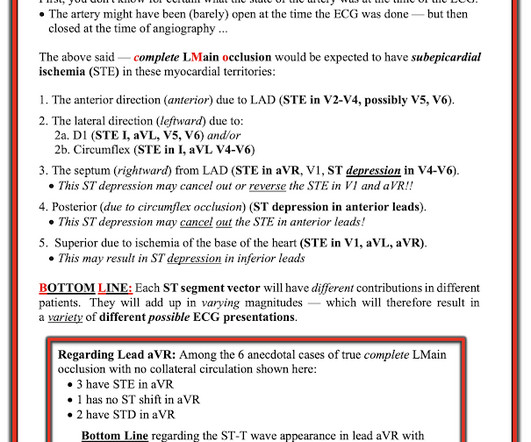



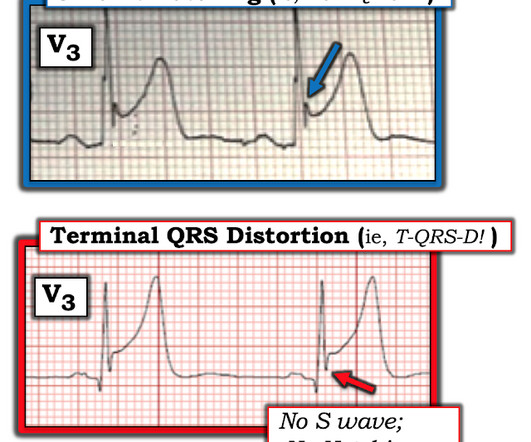


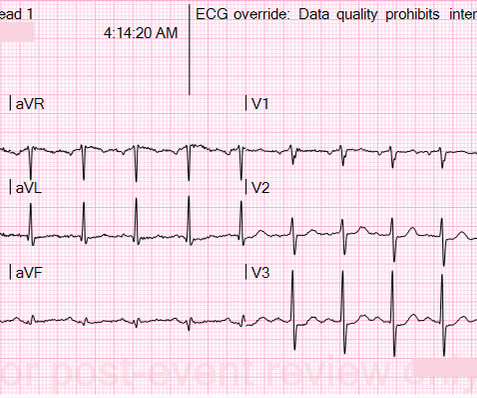

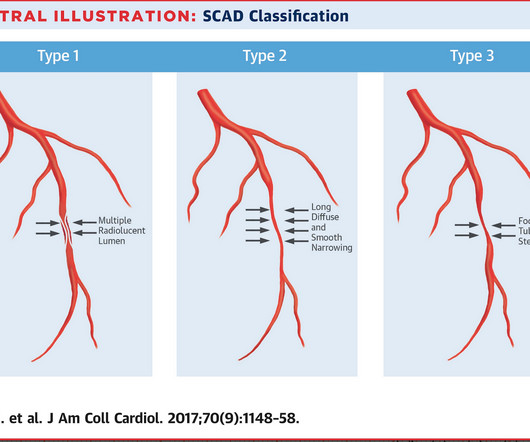
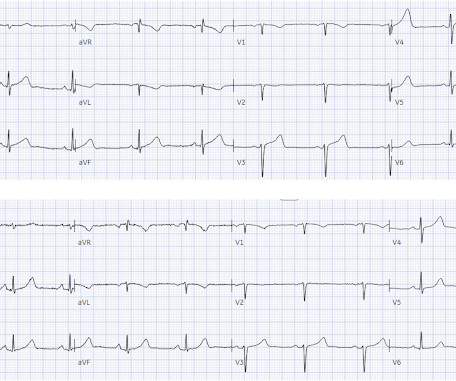

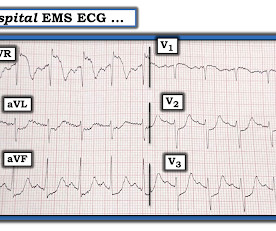
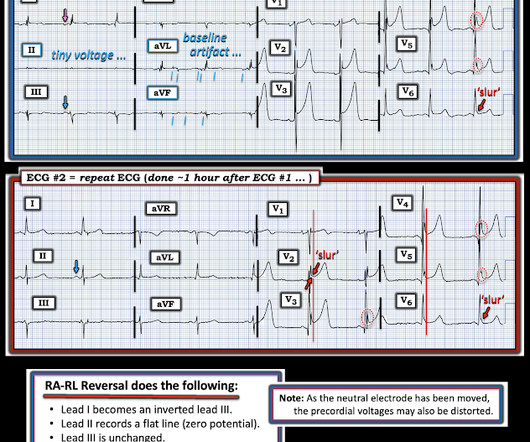
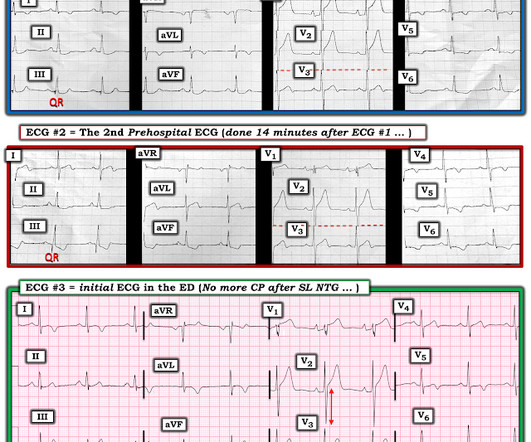

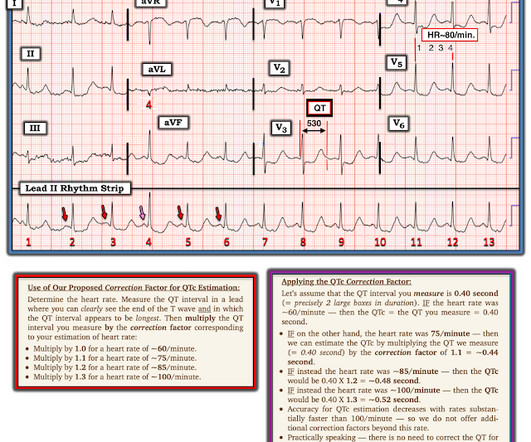



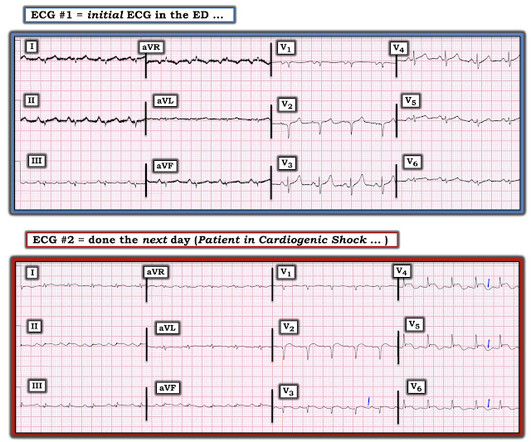

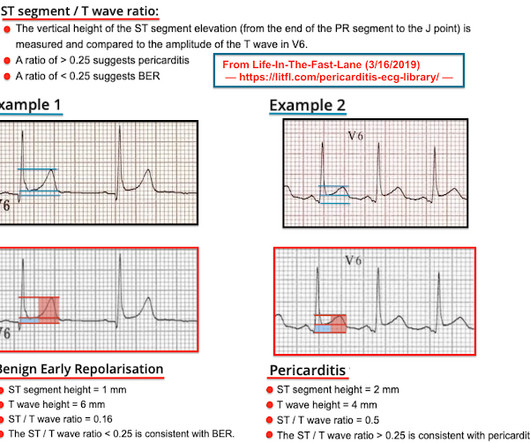
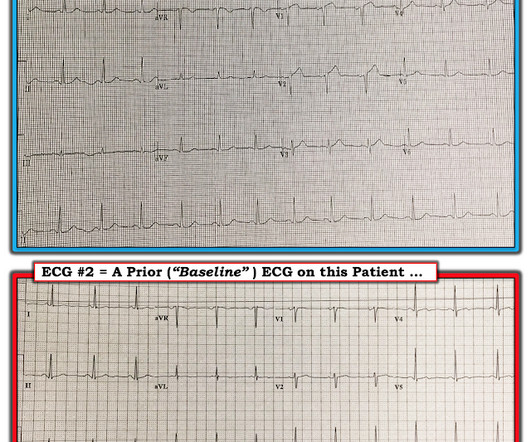
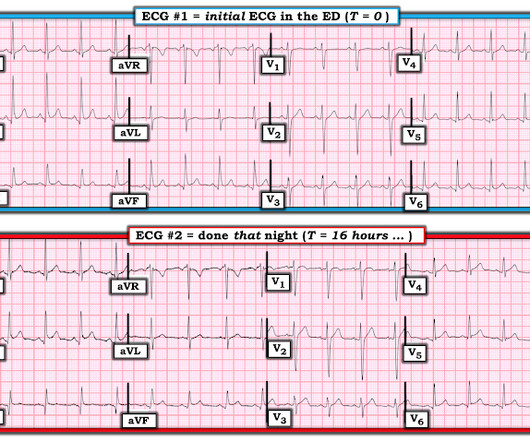

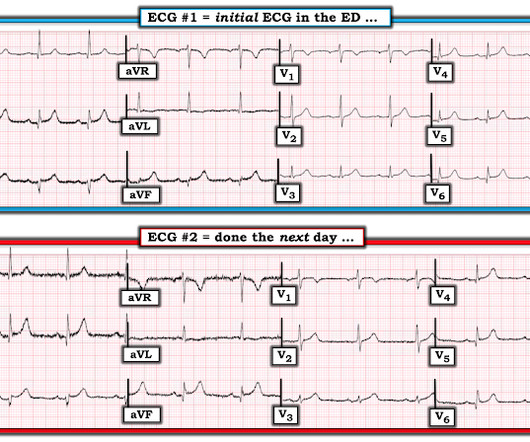
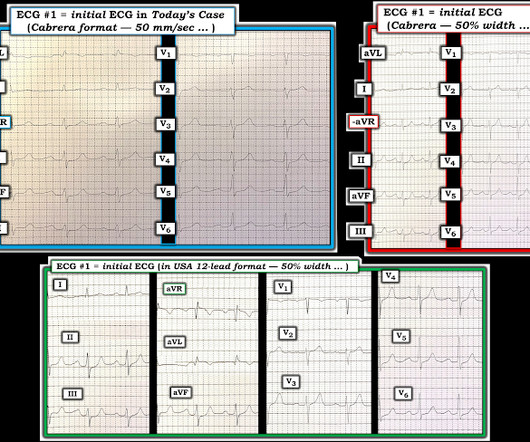








Let's personalize your content